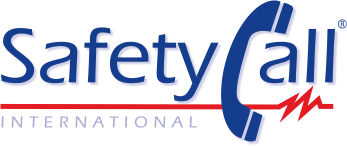By Rick Kingston, President, Regulatory and Scientific Affairs
In addition to contributing to product safety, adverse event monitoring and post market product surveillance help reduce liability and risk for manufacturers and other stakeholders. In legal liability cases, manufacturers are held to a relatively high standard of care. So, when a manufacturer has a product issue and gets sued, one of the first questions they are asked is how they manage adverse events, i.e. what processes they have in place to understand their customer’s experiences with their product.
Once when I was being deposed in a product liability case, the plaintiff attorney tried to make a point against the manufacturer for putting various safety controls in place that reduced liability risk, as if it was negative or self-serving. My response was simple and straightforward. Monitoring products for adverse events increases safety for the consumer, at the same time it reduces product liability for the manufacturer. Both outcomes are in the best interest of the manufacturer and the consumer.
I’ve heard some manufacturers say they don’t want to encourage people to report suspected adverse events because they feel it could result in frivolous lawsuits. Nothing could be farther from the truth. And in my 30-plus years of practice, I’ve never seen that happen. On the contrary, ignoring the possibility of adverse events can expose a company to greater product liability.
For manufacturers, the best approach is to encourage consumers to report both positive and negative product experiences. This can be done in ways that don’t suggest adverse events, like simply including an invitation for customers to share “comments, questions or concerns,” on product labels or in comments sections. It’s important to include the word “concerns,” since it’s more inclusive and encourages customers to share experiences that could be considered adverse.
If you have questions about the legal aspects of adverse event reporting, contact SafetyCall.


